Learning from Failure and Overcoming Obstacles on Public Land in Kansas
It was an unusual start to what would prove to be a hunting trip full of firsts.
On my way across Kansas from Kiowa to Great Bend, I stopped at the First Presbyterian Church of Pratt for the morning service. After the service, we gathered around the percolating coffee makers and an array of fresh donuts to share hunting stories. It couldn’t have been more than an hour from when first I darkened their doorway, yet these kind folks invited me into their lives – if only for a moment – and showed this Tennessee boy tremendous hospitality. Four states and nearly a thousand miles away from home, I felt incredibly welcome. A stranger no more, I finished my donut and took one last sip of coffee, shook some hands, and bade my farewell.
As I made my way north on Highway 281 towards Great Bend, my excitement began to build. For months now, I had been looking forward to this trip. This was the culmination of a great deal of planning and anticipation. I would soon be at Cheyenne Bottoms.
When I finally arrived at The Bottoms, I met with my friend Edgar Castillo before he and his hunting party left for an afternoon duck hunt. Leaning against a truck and shifting gravel under our feet he told me that they had already had a great morning, having harvested six roosters, six quail, five snipe, five dove, and five ducks to the group’s credit. Eager to get out into the field, we spoke a little while longer and went our separate ways, but not before he gave me a little local knowledge about where to find one of my favorite game birds, the snipe.
I grabbed my gun and my 100 square inches of orange and tore off into the tall grass. After wandering for about a mile, harried by a particularly intrepid skunk which haunted my steps most of the afternoon, I circled back to the truck to regroup (as an aside, Kansas and Oklahoma have to have the highest number of skunks per capita of any region of the country I’ve ever been; they might as well have been mile markers on my drives in the morning and evenings). I knew I only had about an hour and a half of light left. It was apparent that I had not followed Edgar’s instructions well and I was not in the area he described. Despite this, I was determined not to (if you’ll pardon the inescapable pun) get skunked on that day. Alone and in a new area, I decided to take the next twenty to thirty minutes and observe what I could by standing on the roof of my truck.
As I scanned the horizon, I began to see some ducks falling into a hole about 300 yards away in some of the thickest grass I had ever set eyes on. To call it “grass” would be a tremendous disservice both to the thing and to yourself. About five feet tall and sharp as knives, this brown mass stood between me and my quarry. I ditched the orange, threw on my waders and jacket and set about infiltrating what would prove to be a worthy foe. Moving closer to where I knew the ducks were, I jumped another smaller group twenty-five yards ahead of me. Pressing on, slower now so as not to create a disturbance, I moved deliberately through the grass.

They were in sight now, an assortment of mallards, wigeon, and shovelers: eight in total. A particularly wary hen mallard got shifty and took off, causing the rest of the gang to do the same. I quickly raised my trusty 870 and shot, dropping one. You would have thought I had just shot a banded pintail. I was elated. After starting the afternoon in an upland pursuit, pivoting to waterfowl, crawling through the grass, and jump shooting a group, it was a huge pay-off to stay in the game and not quit when things didn’t go as planned.
I waited until after shooting light to get my bird in case some other ducks decided to come into the hole. None did. In the fading light, I unloaded my gun and walked to retrieve my bird. No mallard, but a hen spoonie! Didn’t matter.
As I reached to grab the spoonie, my gun slipped from my shoulder and fell into the water. I wasn’t worried; it’s a tough old Remington 870 pump. I retrieved it, poured the water out of the barrel, slapped it back on my shoulder, and packed out. I’ve never been prouder to raise a spoonie from the water.
Even though it was about 60 degrees out, I knew a front was coming in strong. The forecast called for a dramatic temperature change, strong sustained winds, and snow. The hole I found was about 30-50 feet across and fed by a channel that was about 8-10 feet wide and ran towards the interior of The Bottoms. I knew the weather would be cold and challenging, but if I could keep the hole open, I could get some ducks down. I pulled out my OnX Maps and dropped a pin on “The Spoonie Spot.” I’d be back in the morning.
I came to Kansas without any decoys because, due to limited time, I had flown. I ran to the local Walmart and grabbed a half dozen decoys, a bungee cord, some twine I found in the clearance section, a tent stake, and a pack of 4 ounce catfish weights. On the floor of my hotel room, I fashioned six Texas rigs and a jerk string. I was in business and the ducks were in trouble.
5:15 a.m.: Getting There
The next morning was a different animal altogether. The temperature had dropped 55 degrees, from 61 degrees Sunday afternoon to a balmy 6 degrees Monday morning. The wind had picked up, too. As I made my way to The Bottoms, the traffic lights swung and flags labored under near gale-force winds. When I arrived, I opened my door and was greeted with an icy handshake from a 37 mph north wind. Despite this, I was eager and excited for the day ahead. There’s something a little twisted in the mind of a waterfowler when you look at these conditions, smile, and haul off into the dark without a second thought.
After some effort, I made it back into the Spoonie Spot. Fortunately, no one else was out there already. I was nervous that I might be competing for that spot with other hunters, but not on this day. I set about breaking through the ice, threw out my decoys, and set up my jerk cord… all of which promptly froze. After a few laps breaking ice, I finally turned the ice and mud up enough to where it wouldn’t immediately refreeze. The wind became an unlikely ally in this moment, keeping certain areas moving enough so that I could have some open water. Tucked into some reeds, I knelt in the water and loaded my gun. As I waited for shooting light, I could feel the water stiffen and change to ice around my thighs.
In the dim, morning light I could hear the whistling of wings overhead and the grumbling of ducks who were clearly unimpressed with the sudden change in conditions.

6:33 a.m.: Go Time
As it turned to shooting light, the wind backed down to a 25-30 mph north wind. Just then, a group of about thirty mallards appeared overhead. I greeted them with a couple of soft quacks and tugged the jerk cord. To my complete and utter amazement, they broke and turned my way. I gave a couple more tugs of the cord and didn’t touch the call again. Cupped up and boots out, they landed in the decoys. I didn’t even shoot. I didn’t think to shoot. I just watched and enjoyed it. In a trip full of firsts, this was another. My first group of mallards. I’ll never forget that.
I won’t pretend that I am a veteran duck hunter, but I do have several years of experience and have recently gotten back into it in a big way. However, this is the first year that I have run a duck call and owned my own decoys. Prior to this, I always had some buddies that I would go with and they ran the call and owned the decoys. I was another gun in the blind and always lent a hand throwing out the spread. I’ve only been calling a short time, so cobbling something together that convinced these ducks to come in was tremendously satisfying.
I didn’t just come here to birdwatch, though. I clicked the safety off, shouldered my gun, and rose from the reeds. All at once, the ducks lifted. I picked out one drake and pulled the trigger… nothing. Thinking I left my safety on, I clicked it back into the on position. Pulled the trigger… nothing. Somehow, I managed to switch the trigger back to off, rack in a fresh shell, pick out a bird in the back, pull the trigger and… nothing once more. All I could do was watch as the first group of mallards that I ever got on the deck flew off. Not quite how I wanted that to go.
Not quite how I saw the second and the third group going either…
It was about this time that I remembered dropping my gun in the water the day before. This Tennessean is not accustomed to the frigid temps in Kansas and it did not occur to me, though it should have, that my gun would freeze, solid, in the truck overnight. While I fumbled to get a hot-hands package open, a pair of wigeon came in, fast. I clumsily reached for my gun. Same story… nothing. Somehow, I expected a different result, only this time, I managed to also drop my gloves in the water which promptly froze solid as well. Holding a couple hot-hands on the receiver did the trick and unfroze my gun so that when a lonely gadwall came into the spread, I gave him a proper greeting.
Then the skies went quiet, the wind picked up, and the snow picked up as well, icing over my decoys. I didn’t fire another shot that day. Before I packed it in, I was kneeling in the water and looking at the skies. Though I was disappointed at the opportunities missed, I wasn’t upset. I’ve written about this before but when you can be a “new beginner” in something, you don’t have the same self-imposed expectations and pressures. You get to experience new things and enjoy them with the same vigor and enthusiasm as someone who is hunting for the first time because, in way, so are you.
If I had been a caller for many years and worked my own spreads for just as long, that morning in Kansas would have been a total failure. But to me, it wasn’t. I had not been in Great Bend for 24 hours and yet I scouted and found ducks on public land, planned, crafted some crude decoy rigs in my hotel room, fought the elements, and managed to call my first group of mallards over a half-dozen decoys and a shade-tree jerk cord. Man – that’s a huge success. You wouldn’t know it from the box score, but I was thrilled.
Would I have loved to come out with a limit of mallards? You bet. But success isn’t a very good teacher. Failure is. I learned a great deal about how not to do things that morning and how fortunate that I was still rewarded for my effort by seeing a sight that I shall not soon forget: those groups of mallards coming into my modest spread of a half-dozen decoys.
Don’t let the outcome rob you of the joy of the process.
Last modified: July 19, 2022


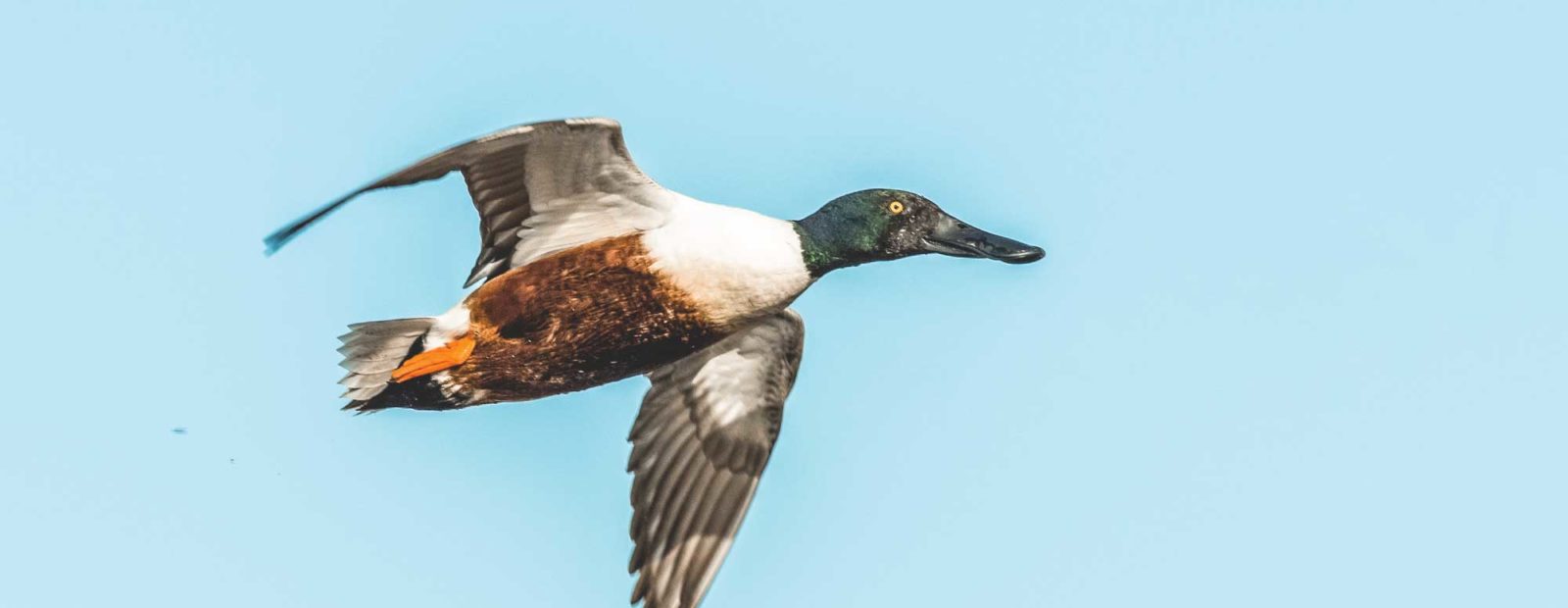
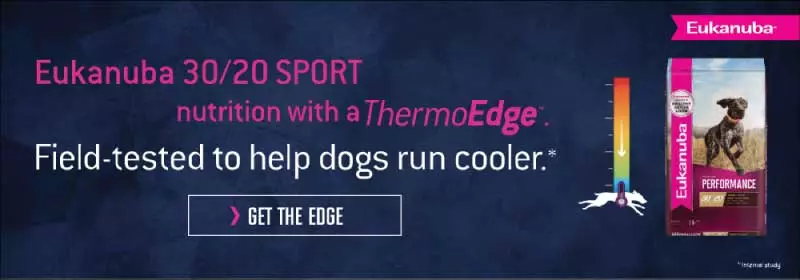
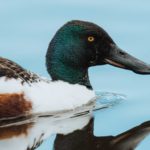


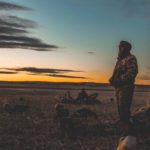


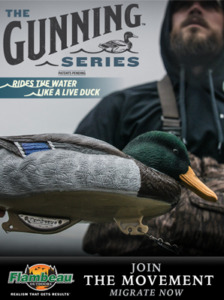
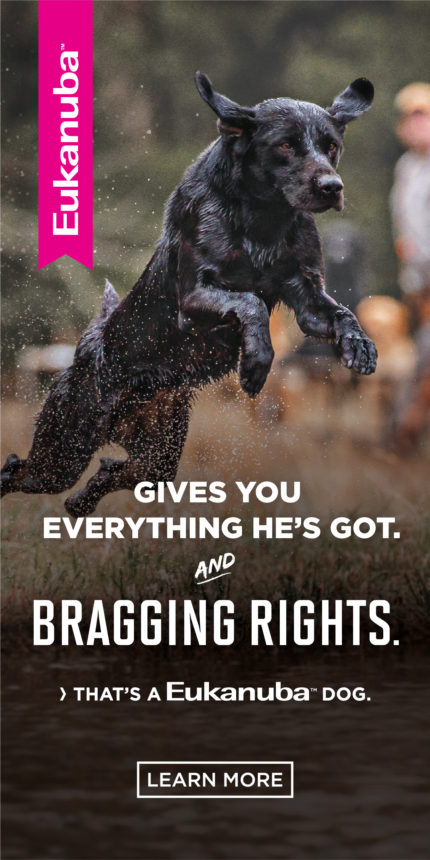


Rob…what a great story! I remember that day well. I really wish I’d have known prior and we could’ve made arrangements to hunt together. I recall later that evening your accounts at the “Spoonie Spot”. We ended up hunting there two days later a well let’s just say the outcome was waaay different to say the least. I’m so glad we were able to actually meet and shake hands. Let’s keep in touch. You’ll always have a friend and hunting partner here in Kansas.
Edgar – appreciate it brother. Looking forward to getting to hunt together! We’ll definitely have to this coming season. I’m ready.
I’m new to duck hunting and I’m looking for a guide in north Alabama. Do you know of any?